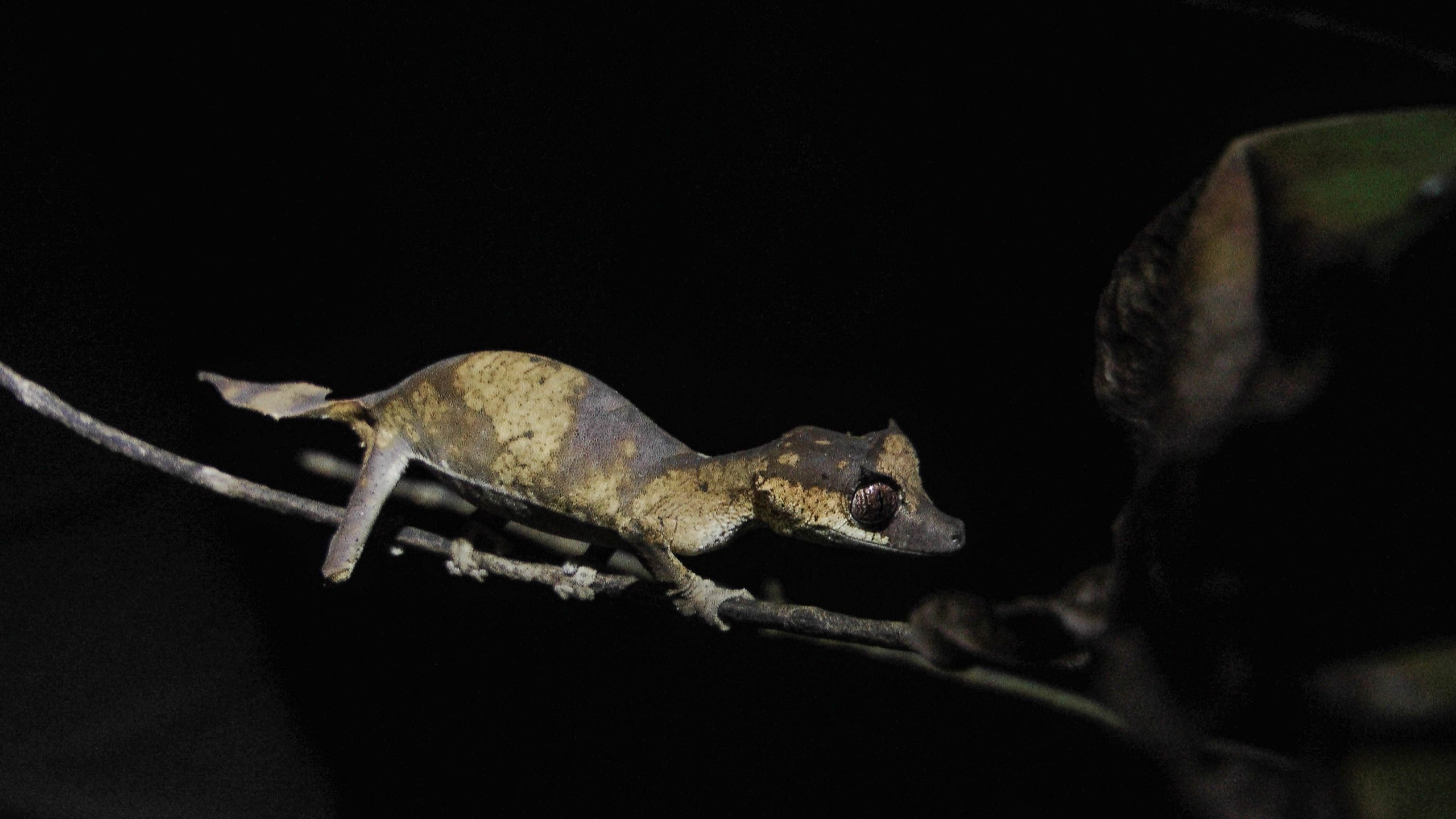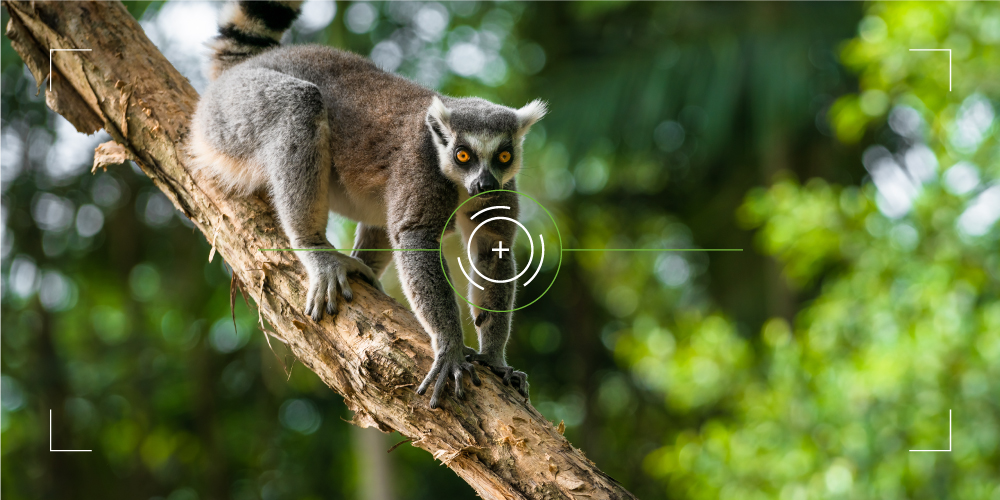It can be difficult to know how to apply yourself, particularly if what you really want is to make an impact. Independent Filmmaker Andy Clark tells us how he wound up making films to change the world, and shares his advice on using your natural talents to follow your dreams.
When I was younger, throughout my degrees and in my first jobs, I was always torn: science, or communication? Do I unravel the mysteries of life on Earth, or do I find ways to entertain people?
In the end I found a way to do both, and became an independent filmmaker. My Honours and Master’s degrees in environmental management meant that I could easily integrate my films into environmental issues, and now I work with a wide variety of charities, community groups and government agencies to make films that help make the world a better place.
Q. How did you get into film making?
I’ve always been fairly creative, and loved making people laugh! So I played with making videos when I was young, slowly picking things up as I went. At school I started making videos instead of writing reports whenever I could get away with it; I enjoyed the process more and it meant that other people could enjoy watching it back. At university I simply carried on the hobby, and was still ‘playing’ with video when, as a volunteer, I went on my first conservation research expedition. It was around that time that I was learning more about the problems the world was facing. I felt inspired to try to use the skills that I’d picked up along the way to make films that still entertained people, but had some kind of greater message too. At that point I started to take what I was doing more seriously, and began actively learning more about the process of filmmaking.
Q. What was your main motivation for making environmental films?
I think there are two stages to this, and it starts with the ‘environmental’ part – why did I care? I’ve always loved nature and learning about the environment. My favourite subject at school was Biology (closely followed by physics and astrophysics), and that’s what I studied at university. So there’s the fact that I simply love the natural world, it’s incredible, exciting, and gives me a feeling of joy and wonder that I want to share with people.

Leaf tailed gecko, courtesy of Andy Clark
I learned more in my Biology degree about the climate and ecological crises, and I started to feel something quite different; fear, panic, intense sadness and desperation to do something about it! Those are very important feelings, because it shows that these things really matter. So I had this other set of emotions to share with people, but not just so that they could feel them too – I wanted to inspire people to take action.
My motivation to make environmental films, was looking at my goal of inspiring people to take action and asking myself “how am I going to achieve that?”
I’m an OK scientist, I was probably around the middle of most of my classes, so sticking in academia would’ve been possible but probably not the best use of my time or abilities. The one thing that I’d always been quite good at – and very passionate about – was telling stories and making films.
So, I started my career as an independent filmmaker.
Q. What film did you most enjoy making and why?
“The Evolution of Madagascar” was ridiculously fun to make, because there was absolutely no pressure, it was just a project of passion!
My last expedition in conservation research was to Madagascar (working for Operation Wallacea), and I did what I was in the habit of doing – I ran around with my camcorder! Madagascar is a strange place to be as an environmentalist; the level of environmental destruction is breath-taking and it’s hard to come to terms with. But, it’s also home to lemurs, chameleons, leaf-tailed geckos and sunbirds and in the places where you can still see them it’s incredible.
I brought all of my footage home and started my MSc at the University of York, editing in my spare time, and I sent an email to the Music school asking if any music students would like to contribute some music; they could then use the experience on their C.V. That’s how I met Peter Baumann, a talented composer and “sound designer”. He paints pictures of nature with sounds that make a film really feel alive. He actually used the film as his final-year project, so we finished it together, and Peter got 100% for his work on it!
Q. You made a film about sustainable drainage and another about peat bogs, can you tell us a little bit about the research you need to do so that you can accurately portray your topics.
This is something I’m very passionate about. I make films to facilitate conversation, to help people change the world. There are so many great world-changing films out there, but often it’s ones that haven’t done the research properly that stick in people’s minds.
Topics like the climate and ecological crises are very important and very emotive issues. People can very quickly feel depressed, guilty, blamed or antagonised when faced with films about how badly humanity is treating the planet. As a filmmaker you hope that the emotions you evoke in people will inspire them to take positive actions, but one wrong move can completely alienate them and do more harm than good for your cause.
I do a LOT of research for my films to make sure that I avoid that as much as possible. You can never please everyone, but it helps if you can show that you understand and respect different points of view.
Take the sustainable drainage film I produced called “High Water Common Ground”. As the name suggests, it was about trying to find ways to work together in the face of serious challenges after the catastrophic floods in 2015 and 2016. Lots of people were in a very bad place after those floods, angrily casting blame and seeking answers to “What went wrong?” and “What do we do now?”.
I had to make sure that everyone felt represented in the film, so I spoke to EVERYONE I could think of who was in any way involved in flooding and flood risk management. I called community flood groups, flood recovery charities, environmental charities, government agencies from everywhere in the UK, professors at universities, and individuals who just might have something to add. I went from phone call to phone call saying “Thank you for your time, who else do you think I should talk to?” Each person would give me a list of names who might have something to contribute. After 6 months, I had a good understanding of everyone who was involved in, or impacted by, flooding.
I turned all of that collective knowledge into a draft narrative, and with a core group of about 20 key individuals, we distilled it into the most important information in a way that everyone felt represented.

Sunbird, courtesy of Andy Clark
Q. How does your work impact the world around us?
At present the UK is at a potentially huge turning point in our environmental and agricultural policy – things like paying farmers for ‘ecosystem services’ that have only been pipe-dreams for environmentalists for decades, are suddenly not just possible, but written into government plans.
I’ve been proud to be a part of the build-up to this. In my work on ‘Natural Flood Risk Management’ (NFM) and ‘Peatland Restoration’ I’ve been working with communities, charities and government agencies to sow the seeds of how these things could be possible.
NFM directly impacts people’s lives by helping to reduce the impact of flooding and does so by making the environment better for wildlife and more resilient to climate change.
Peatland restoration plays a much bigger role in both climate change and food supply. How we manage peatlands has a direct impact on many people’s livelihoods, our national food supply, and whether or not we have a big carbon source or carbon sink in our environment.
It’s imperative that we get conversation flowing so that people can work together to find solutions. My work contributes to those discussions.
Q. What has been the biggest challenge and greatest achievement of your career to date?
The biggest challenge is an ongoing one, and that’s making everything come together financially. I don’t mean that to come across as self-pitying, rather it’s something that I’ve come to see as an almost fundamental truth in the environmental sector. Nearly every charity and government department I work with feels strapped for cash and there’s rarely much budget available for communication.
I think it’s because of a fundamental difference between people who devote their lives or careers to trying to make the world a better place, and everyone else. I am not a capitally-driven person. I appreciate (reluctantly) that we need money to make things happen.
Many people within the environmental sector care tremendously about their role in protecting the environment, but can forget how important communication is. Without good communication, the only people to care about the environment will just be those who already care about the environment.
The reward is to be a part of things steadily getting better. I’m proud that every film I’ve produced has won one or more awards for its creativity and impact. Moments of direct recognition like that are lovely. But to look back on how conversations – and sometimes government policies – have evolved since I made a film, and to know that my film was a part of the huge conversation prompting change… that is a wonderful achievement. Knowing I have illuminated issues that may have been overlooked, helped give voice to an under-represented community, or just helped people feel differently about an issue, I’m very proud of that.
Q. Can you share with us the next environmental film project you will be involved with?
It’s quite possible that my next “big” film will be something to do with climate and sustainability in schools – but that’s early days at the moment!
Something that I am currently working on, that I’m very excited about, is bringing together a hub for wildlife webcams with a focus on conservation. I’ll be working with a variety of global conservation organisations to make this work and a lot of clever people in computing and engineering. The end result will be the ability to watch a live stream of wildlife anywhere in the world and know that, simply by watching, you are helping to protect that area of nature.
Q. Who is the most inspiring person you have met or would like to meet?
So there’s an obvious answer to this, and it’s Sir David Attenborough. For as long as I’ve been into filmmaking and nature, people have asked me “So you want to be the next David?” and the answer is “No, there will never be another David Attenborough”.
But I would love to meet him, because what an incredible career he’s had! It’s undeniable that he has been the greatest force of inspiration and appreciation of nature for most of his life; most environmentalists that I know were driven to environmental science because of his programs. Among many other things, I would like to say “Thank you”.
I’d like to mention a couple of other people who are even less conventionally involved in STEM than a broadcaster.
Tim Minchin, he’s a comedian, writer and musician. He’s not a “scientist”, but he has a reverence for science and logic and communicates those things eloquently. He shows you that you don’t have to be a ‘pure’ scientist to love and practice all things STEM. And for when you might get a little too caught-up in science and logic, he has an ability to remind you what it is to be beautifully and imperfectly human!
US Congresswoman Alexandria Ocasio-Cortez. She’s also not a “scientist”, but she respects STEM and uses it as a basis for politics – as politicians should, but consistently don’t do. We need more people like her, with the ability to understand, translate and be driven by STEM, leading the world.

Golden Diadem Sifaka, courtesy of Andy Clark
Q. Do you have any top tips for young people looking to work in in a similar role to yourself?
Just let yourself be yourself, and find a way to balance what you’re good at with what you want to do. In finding your place in this world, you’ll go through many journeys of discovery and be faced with many compromises. Let yourself learn, grow, and change your mind about things. Chase opportunities when you can, and learn to recognise opportunities when they’re right in front of you.
Collaborate. This interview is with me, but what I do is tell other people’s stories and try to make them shine. I couldn’t do what I do alone, so I look for people to work with – and at the same time I look for ways to share what I have to offer with other people. Academia and ‘conventional’ skills that look good on CVs are one thing, and are worthy pursuits, but also allow yourself to do things that you love. Practice your hobbies and whatever you have natural ability in, because one day you might be surprised by just how ‘useful’ they can be!
Q. What’s the most important focus in the world of STEM right now?
Understanding. We are awash with information, but we have a paucity of understanding between people in society. In STEM, and in the context of the climate and ecological crises, we know what is at stake: humanity will not survive if we fail to make people understand the severity of the situation, or how to rectify it. But to do so we must also pursue understanding. We must openly seek to understand the people we wish to influence, and we must nurture understanding between people.
STEM subjects are often seen as pursuits outside of humanity – of cracking open the nature of the universe in a quest of beautiful, cold, pure logic. STEM breakthroughs will change the world we live in, but, we will have failed as humans if we do not achieve the fundamental understanding between people to make possible a world in which to apply our brilliance.
Q. What do we have to look forward to in STEM?
I spend a lot of my time relating, one way or another, to crises. The Earth is in a crazy and scary state, and it would be easy to be pessimistic. It’s incredibly important to look to the future with optimism so that we’re not just trying to get away from the bad things, but so that we’re moving towards the good things.
So what is there, that I have learned as a scientist and filmmaker, to look forward to in the future of STEM?
STEM is going to radically change the world that we live in in the next few decades. Profound STEM-driven changes are coming soon to the natural world and the environment around us. Many see these ideas as “returning” to the way that nature used to be, such as mimicking the behaviour of beavers to alleviate flooding, but it’s going to be real progress to find ways to maintain a healthy environment and a sustainable human population. It’s totally do-able though, it just needs good-hearted, intelligent and creative advocates of STEM to make it happen. People like you.
Download PDF
If you wish to save, or print, this article please use this pdf version »



